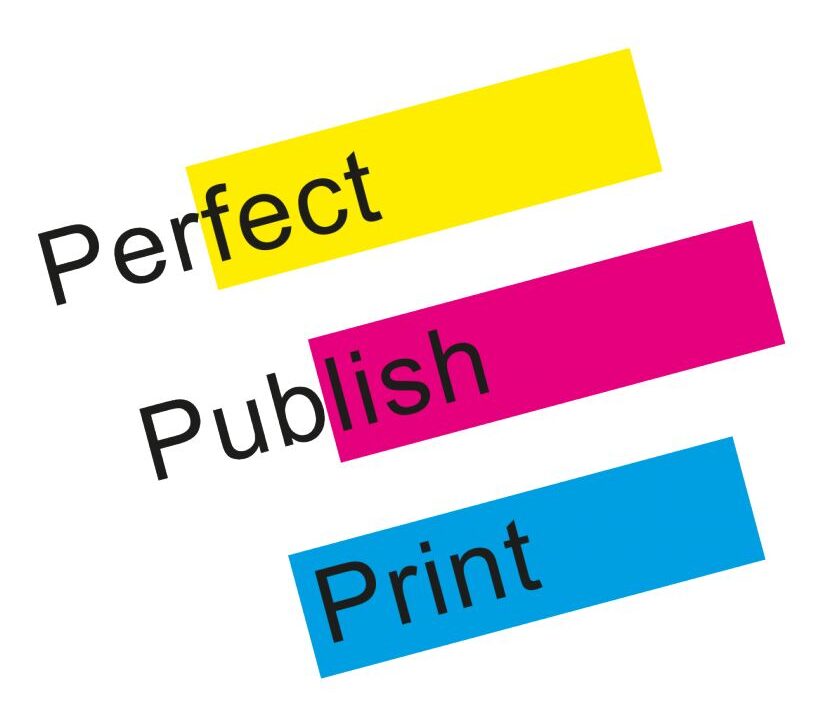When it comes to book printing, content may be king—but presentation is its queen. One of the most overlooked yet crucial decisions you’ll make is choosing the right paper type. The quality, texture, weight, and finish of the paper not only affect how your book feels in the reader’s hands but also how your content is perceived. Whether you’re printing a novel, brochure, photo book, or workbook, understanding paper types can make or break the final product.

In this article, we’ll walk you through the most important aspects of selecting paper for your book printing project—from finish to thickness to environmental impact.
1. The Two Main Categories: Coated vs. Uncoated Paper
All paper used in printing generally falls into one of two categories:
Coated Paper
Coated paper has a smooth finish thanks to a special coating layer, which helps control ink absorption. It provides sharper text and more vibrant images. Coated paper is commonly used in:
- Photo books
- Brochures
- Cookbooks
- Catalogs
There are two main finish types:
- Glossy (Gloss Coated): Reflective and vibrant. Great for image-heavy books.
- Matte (Matte Coated): Less reflective with a smooth, elegant look. Suitable for text-heavy yet visually appealing books.
Uncoated Paper
Uncoated paper has a natural, rougher texture and absorbs ink more readily. This makes it ideal for books that are primarily text-based, such as:
- Novels
- Journals
- Workbooks
- Poetry books
It offers a more traditional, tactile reading experience and is easier to write on, which is why it’s also used in planners and notebooks.
2. Paper Weight: Understanding GSM
GSM stands for grams per square meter—a measure of paper thickness and sturdiness. Here’s a quick guide to common GSM values used in book printing:
| GSM | Typical Use |
|---|---|
| 80–100 | Lightweight, used for novels and journals |
| 115–135 | Magazines, booklets, inner pages with color |
| 150–170 | Brochures, thick text-heavy pages |
| 200–250 | Posters, covers, art books |
| 300+ | Business cards, hardcover covers |
Tip:
- For text pages, 80–120 GSM is standard.
- For covers, 200–300 GSM gives a premium feel.
- For photo books or coffee table books, go for 170+ GSM to support vivid printing and prevent bleed-through.
3. Finish Options: Matte vs. Glossy vs. Silk
Once you pick a GSM, you’ll choose a finish that complements your book’s purpose:
Gloss Finish
- Shiny and vibrant
- Enhances photo and image reproduction
- Prone to fingerprints
- Reflective under light
Best for: Travel guides, children’s books, photography portfolios
Matte Finish
- Soft, non-reflective appearance
- Feels premium and elegant
- Easier to read under light
- Hides fingerprints
Best for: Self-help books, biographies, professional publications
Silk/Satin Finish
- In-between gloss and matte
- Slight sheen with soft texture
- Modern and versatile
Best for: High-end brochures, magazines, design portfolios
4. Interior vs. Cover Paper: Use Different Types
Your book’s interior pages and cover serve different purposes and should typically use different paper types.
Interior Pages:
Choose lighter GSM, usually between 80 to 150. Consider how the paper feels when flipping, how text sits on the page, and if color illustrations are used.
Cover:
Choose a heavier stock (200–350 GSM) for durability. You can also apply finishes like lamination, spot UV, or embossing for a standout look.
5. Environmental Considerations
Eco-conscious printing is becoming increasingly popular. If sustainability matters to you or your brand, consider:
- Recycled paper: Made from post-consumer waste, available in both coated and uncoated options.
- FSC-certified paper: From responsibly managed forests.
- Soy-based inks: More environmentally friendly than petroleum-based inks.
You can also inform your customers that your books were printed sustainably—this adds a branding advantage, especially for conscious audiences.
6. Cost Considerations
Higher GSM and specialty finishes increase printing costs. Here’s how to keep your budget in check:
- Balance between GSM and quantity: A thicker paper feels better but adds cost per page. For large runs, a slightly thinner stock may be more economical.
- Consider duplex printing: Printing on both sides saves cost and reduces bulk.
- Print samples: Most printers offer paper sample books or test runs. Always feel the paper before you commit to a large order.
7. Final Use and Target Audience Matter
Your ideal paper type depends heavily on who your audience is and how the book will be used:
| Book Type | Recommended Paper |
|---|---|
| Novels | 80–100 GSM uncoated for comfortable reading |
| Children’s Books | 150–200 GSM glossy for vibrant illustrations |
| Cookbooks | 170–200 GSM matte for easy cleanup and readability |
| Planners/Workbooks | 100–120 GSM uncoated (easy to write on) |
| Coffee Table Books | 200+ GSM glossy or silk |
8. Questions to Ask Your Printer
Before printing, ask:
- Can I see physical paper samples?
- What paper stocks do you recommend for my book type?
- Is the paper acid-free (important for long-term storage)?
- Can you match specific colors accurately on this paper type?
- Is recycled or FSC-certified paper available?
A good printer will walk you through the best options for your goals and budget.
Conclusion
Choosing the right paper is more than just a technical step in book printing—it directly influences your book’s feel, functionality, and first impression. Whether you’re self-publishing a novel or printing marketing materials for your business, understanding the key factors—coated vs. uncoated, GSM, finish, and audience use—will ensure you get a professional result that resonates with your readers.
Need help deciding? Speak with your printing service provider and request sample kits to make the best choice for your project.
